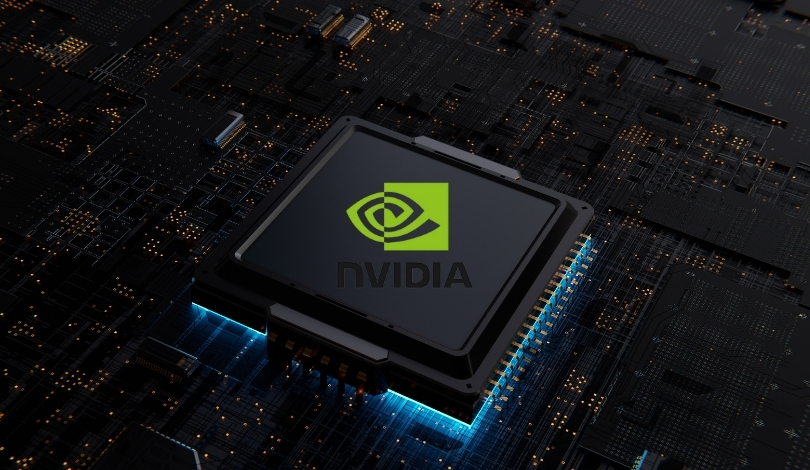Nvidia’s RTX 5060 Ti has captured notable attention among PC gamers, establishing itself as a preferred choice on the Steam platform. Discussions in gaming communities highlight increasing anticipation for Blackwell GPUs, especially as more players prioritize performance gains and driver reliability in their next upgrades. The ongoing rivalry between Nvidia and AMD continues to shape purchasing behaviors, with users weighing benchmarks, price points, and long-term support. Industry analysts observe how branding and ecosystem integration also play an essential role in influencing user preferences.
Past reports often highlighted cycles where AMD’s graphics cards, such as those built on RDNA 2 and RDNA 3 architectures, managed to close the performance gap with Nvidia’s comparable offerings. AMD previously presented aggressive pricing and competitive features to attract budget-conscious gamers, which led to fluctuating market shares for both companies. However, more recent trends reveal an evident tilt toward Nvidia in user polls and online forums, reflecting a shift in gamer sentiment and evolving hardware demands. This pattern is observed consistently in multiple survey results and review aggregations, diverging from earlier periods of more balanced market dynamics.
What’s Driving RTX 5060 Ti’s Appeal?
Many gamers cite the RTX 5060 Ti’s balance between gaming performance and price as its significant advantage. The card, powered by Nvidia’s Blackwell architecture, tends to offer higher frame rates in popular titles while maintaining efficiency. The widespread use of Nvidia-exclusive features such as DLSS further expands its appeal, as players experience enhanced visuals and smoother gameplay even with midrange hardware. One gamer noted,
“The RTX 5060 Ti delivers steady frame rates in competitive games, which matters most to me.”
How Does RX 9070 Measure Up?
AMD’s RX 9070, based on the RDNA 4 architecture, presents robust competition with an emphasis on cost-effectiveness and energy efficiency. Some users highlight its attractive pricing, but benchmarks and user feedback consistently illustrate that it trails the RTX 5060 Ti in mainstream gaming performance. This performance gap is evident in metrics such as average frames per second, ray tracing capability, and adoption in the Steam hardware survey. As a result, the RX 9070 retains a dedicated audience but struggles to outpace Nvidia’s offering among the wider gaming demographic.
Are Steam Users Shifting Brand Preferences?
Current data from Steam reflects a noticeable surge in adoption rates for the RTX 5060 Ti, while AMD’s RX 9070 has seen more moderate uptake. Users often reference Nvidia’s driver stability, consistent launch support, and established reputation as deciding factors. This pattern appears across global regions, illustrating a steady preference even among first-time builders and experienced enthusiasts alike. Such trends suggest that even incremental improvements in performance or compatibility can influence widespread adoption within the gaming community.
Steam’s hardware survey, ongoing user reviews, and recent benchmarks collectively point toward Nvidia’s continued dominance in the midrange market, especially with the RTX 5060 Ti’s strong showing. The advantages users associate with Nvidia cards—such as reliable driver updates and ecosystem benefits—have consistently weighed in the brand’s favor as gamers seek hassle-free setups and consistently high performance. On the other hand, AMD’s RX 9070 delivers value in markets where price sensitivity is the primary concern, and in systems not reliant on proprietary technologies like DLSS. For users navigating the decision between these graphics options, consideration of both short-term performance needs and long-term software support remains key. Careful evaluation of in-game workloads, display resolutions, and budget expectations will continue to dictate buying patterns in this ever-competitive segment.
- Nvidia’s RTX 5060 Ti leads user adoption on the Steam platform.
- AMD’s RX 9070 offers value but trails in overall performance metrics.
- Purchase decisions rely on both technical features and brand trust.










